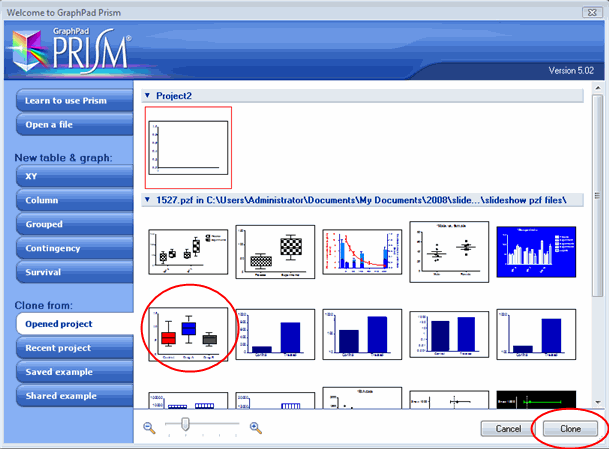

A typical cell biology experiment strives to draw general conclusions about an entire population of cells, so the sample selection should reflect the breadth of that population. To clarify what your sample size n should be, ask yourself: What population are you trying to sample? The choice of n determines the population being evaluated or compared ( Naegle et al., 2015 Lazic et al., 2018 Pollard et al., 2019). However, if authors assign n as the number of cells observed during the experiment, n may be on the order of hundreds or thousands, resulting in small P values and error bars that do not convey the experimental reproducibility or the cell-level variability. Limited time and resources often constrain cell biologists to repeat any particular experiment only a handful of times, so a typical sample size n is often in the single digits. To convey experimental reproducibility, P values and standard error of the mean should be calculated using biological replicates-independent measurements of a population of interest, typically from independent samples or separate experiments ( Hurlbert, 1984 Lazic, 2010 Vaux et al., 2012 Aarts et al., 2015 Naegle et al., 2015 Lazic et al., 2018).

In general, increasing the number of measurements decreases the resulting P value. P values are based on the difference between population means (or other summary metrics) as well as the number of measurements used to determine that difference. In this paper, we specifically address simple ways to communicate reproducibility when performing statistical tests and plotting data.Įrror bars and P values are often used to assure readers of a real and persistent difference between populations or treatments. For excellent practical guides to statistics for cell biologists, readers are referred to Lamb et al, (2008) and Pollard et al. The resulting P values are worse than useless: counting each cell as a separate n can easily result in false-positive rates of >50% ( Aarts et al., 2015). In the case of treating each cell as an n, the assumption that is violated is independent sampling, not necessarily the null hypothesis. But a small P value does not actually tell us which assumption is incorrect, the null hypothesis or some other assumption of the statistical model (e.g., normal distribution, random sampling, equal variance, etc.).

A P value reports the probability that the observed data-or any more extreme values-would occur by chance (the “null hypothesis”). The P value should be treated as a mere heuristic, interpreted as the degree of compatibility between the observed dataset and a given statistical model. While far from perfect, the P value offers a pragmatic metric to infer whether an observed difference is reproducible and substantial relative to the noise in the measurements ( Greenwald et al., 1996).


 0 kommentar(er)
0 kommentar(er)
